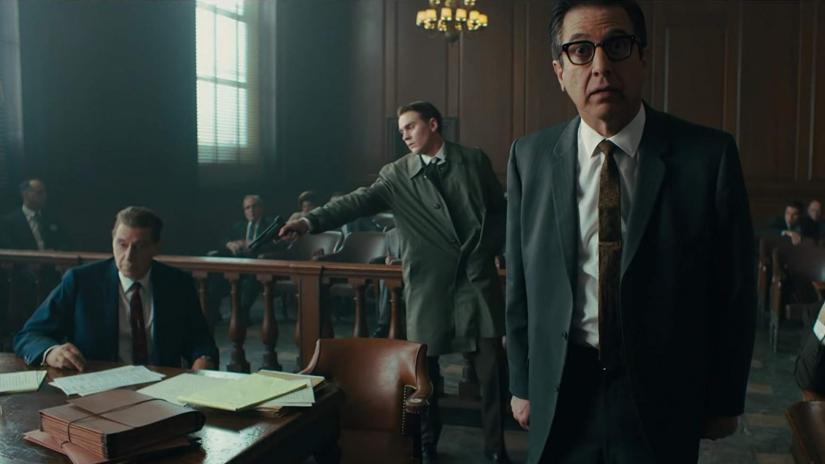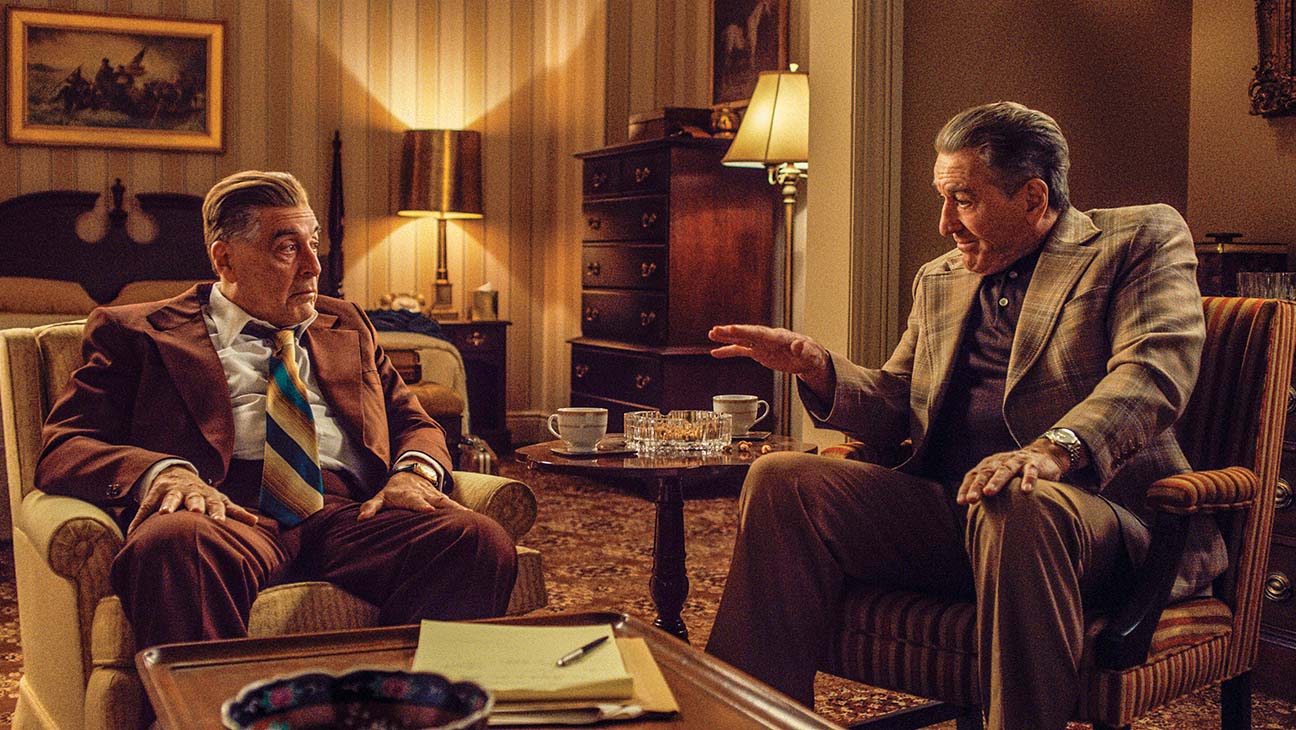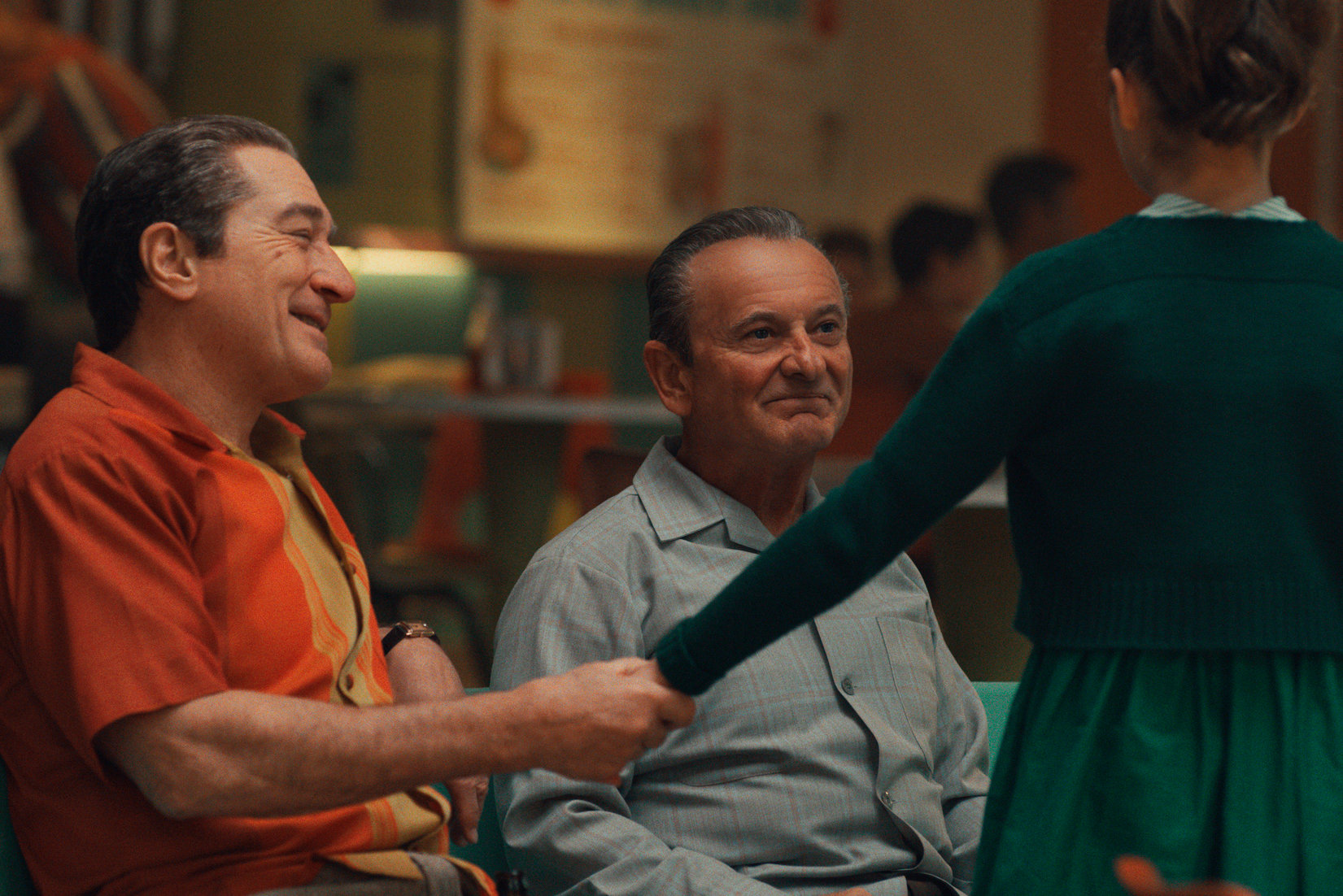Scorsese is a filmmaker that encapsulates virtuosic art. And using words like ‘virtuosic’, a hallmark of hagiography, when discussing Scorsese’s art is not hyperbolic. There may be no filmmaker, alive or dead, with such a command over the medium. Think about Goodfellas. It is Scorsese’s best film. It is also a film that weaves almost every conceivable tool at a filmmaker’s command – long takes, jump cuts, voiceovers, freeze-frames – into a coherent whole. Crucially, it never exploits those techniques for the sake of ostentation like the innumerable imitators that Goodfellas spawned did.
There may be filmmakers equal to Scorsese, only a few, but none of them possess his authority when it comes to putting the invisible moments of a film together. Hitchcock was a master psychological manipulator. Nobody could write the human condition better than Bergman. Kubrick was a perfectionist with an intellect to match. He also had Leon Vitali.
But Scorsese’s mastery lies in how he assembles his scenes. He understands that no other art can produce the unique response that a perfect union between image, literature and art can. That’s why sometimes we can’t put our finger on why certain Scorsese scenes are incredible. It’s why nobody could make two people walking through the back entrance of The Copacabana nightclub more viscerally electric than Scorsese does.
One gets the impression that film has saturated almost every moment of Scorsese’s life. He is one of the lucky few doing exactly what they were born to do. As a consequence, to suggest that The Irishman is one of Scorsese’s lesser films is not to suggest that it is a bad film. It is a remarkable achievement in many regards, not least that it maintains a serious sense of engagement over the duration of its lengthy runtime.
That we know what these three actors looked like as young men and those memories do not correspond with the youthful rendering of them here does the intended immersion a disservice. That the men move like septuagenarians even in their younger scenes also doesn’t help. Until this technology has been perfected, suspension of disbelief (which has been a part of narrative art forms for thousands of years) will always be preferable.
Superficially, The Irishman may resemble older Scorsese films in both style and content. In many ways, the film acts as self-reflexive exercise on Scorsese’s part. The narrative follows the true story of mobster hitman Frank Sheeran and his involvement with crime boss Russell Bufalino and Teamster president Jimmy Hoffa. These are the sort of men that have filled Scorsese’s film career. In one scene, we return to that same Copacabana club, spying the back door through which Henry Hill wooed Karen.
But hallmarks of Scorsese’s style, established as far back as Who’s That Knocking At My Door in 1967, are also present albeit assembled with a muted outward enthusiasm. This subdued tone is deliberate but it also has Scorsese at somewhat of a disadvantage. He is fighting with his good hand behind his back. The Irishman rarely sings the way his best films do.
There are lengthy scenes that add nothing to the film other than length, which is probably the point. There is something exceedingly appealing about allowing oneself to be lost in a long piece of narrative fiction, something that The Irishman understands. It is long, but pleasurably so, and it is never hindered by its runtime. There is a laziness, in the most enjoyable sense of the word, to The Irishman. The best moments of Quentin Tarantino’s Once Upon a Time in Hollywood share that amiable laziness.
There’s a steadiness to the quality of the film across all its aspects. That virtuosic instinct is replaced by measured, accomplished filmmaking. The Irishman is driven by content, which has never been the best things about a Scorsese film. It is an undeniably compelling viewing experience to witness Scorsese revisit artistic sweeps of his past with the weariness of an older man but we can’t help but be reminded of how extraordinary those sweeps were the first time around.
There is the semblance of an interest in introspection in regard to a life of crime, with Sheeran questioning the implications and significance of his legacy, but it is not really addressed until the final act, and then it is laboured to the point of losing much of its meaning. By and large, a point is always made better when it is made directly, which it is not here.
Perhaps paradoxically, The Irishman doesn’t always play to Scorsese’s strengths. He is not a thoughtful filmmaker, not in the way that he clearly wants to be here. But how about that bloody Layla scene from Goodfellas, eh?



